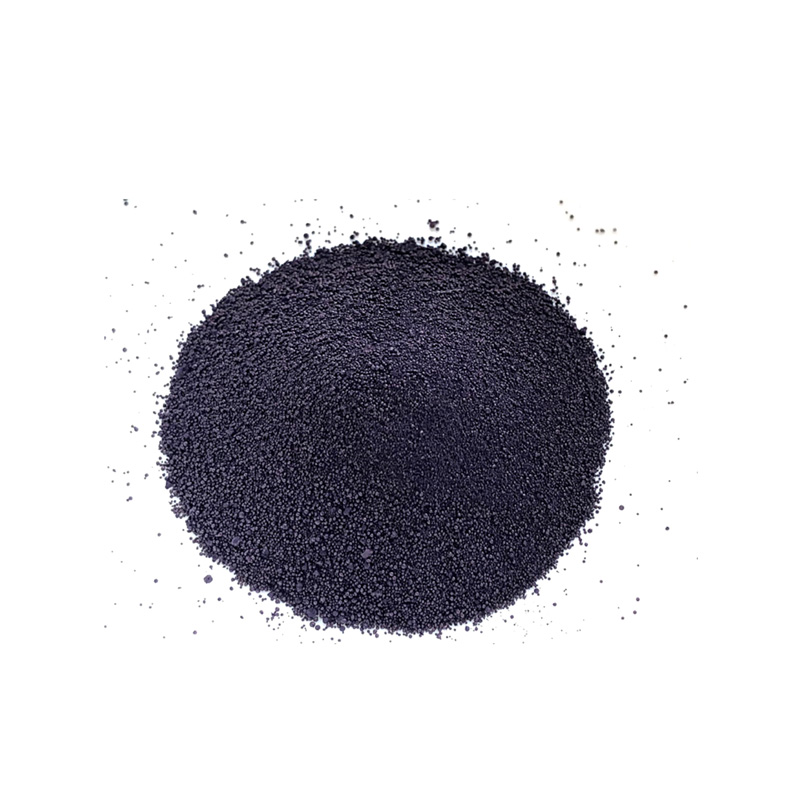Indigo Blue Vat Blue


Environmentally, the biodegradable nature of traditional indigo dye contributes to its trustworthiness. Unlike its synthetic counterparts, natural indigo does not introduce harmful chemicals into ecosystems, making it a preferred choice for sustainable practices. This intrinsic environmental benefit underscores the commitment to eco-friendly production, fostering trust among eco-conscious consumers. To ensure the highest quality, many producers emphasize quality control protocols that span from harvesting the raw indigo plant to the final production stages. These measures demonstrate a dedication to maintaining the standard and safety of the product, reaffirming the authority of Chinese-produced indigo on international markets. Brands that utilize such materials are often looking to guarantee both quality and sustainability, which in turn, assures their clientele of the product's reliability. In conclusion, those looking to source indigo material from China are tapping into a deep well of tradition, craftsmanship, and sustainability. This blend of experience, professional artistry, and time-honored techniques reassures consumers of the authenticity and enduring appeal of the product. By choosing Chinese indigo, buyers are not merely selecting a product but investing in a rich cultural narrative that promises both quality and ethical integrity. As such, Chinese indigo materials offer a bridge between ancient traditions and contemporary demands, thus cementing their position as a trusted and authoritative choice in the global textile market.
-
The Timeless Art of Denim Indigo Dye
NewsJul.01,2025
-
The Rise of Sulfur Dyed Denim
NewsJul.01,2025
-
The Rich Revival of the Best Indigo Dye
NewsJul.01,2025
-
The Enduring Strength of Sulphur Black
NewsJul.01,2025
-
The Ancient Art of Chinese Indigo Dye
NewsJul.01,2025
-
Industry Power of Indigo
NewsJul.01,2025
-
Black Sulfur is Leading the Next Wave
NewsJul.01,2025

Sulphur Black
1.Name: sulphur black; Sulfur Black; Sulphur Black 1;
2.Structure formula:
3.Molecule formula: C6H4N2O5
4.CAS No.: 1326-82-5
5.HS code: 32041911
6.Product specification:Appearance:black phosphorus flakes; black liquid

Bromo Indigo; Vat Bromo-Indigo; C.I.Vat Blue 5
1.Name: Bromo indigo; Vat bromo-indigo; C.I.Vat blue 5;
2.Structure formula:
3.Molecule formula: C16H6Br4N2O2
4.CAS No.: 2475-31-2
5.HS code: 3204151000 6.Major usage and instruction: Be mainly used to dye cotton fabrics.

Indigo Blue Vat Blue
1.Name: indigo blue,vat blue 1,
2.Structure formula:
3.Molecule formula: C16H10N2O2
4.. CAS No.: 482-89-3
5.Molecule weight: 262.62
6.HS code: 3204151000
7.Major usage and instruction: Be mainly used to dye cotton fabrics.

